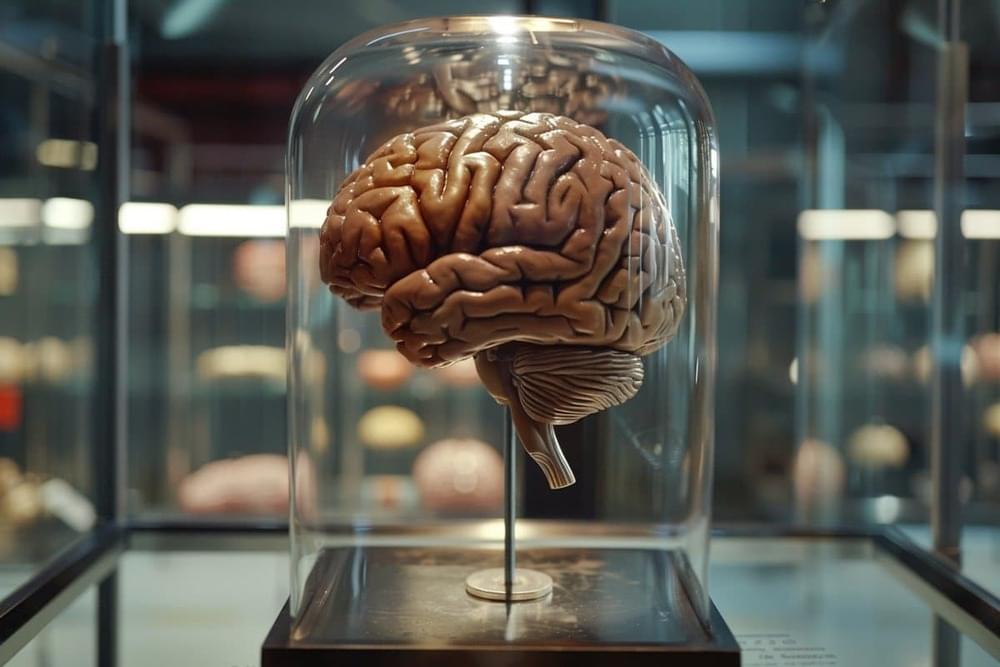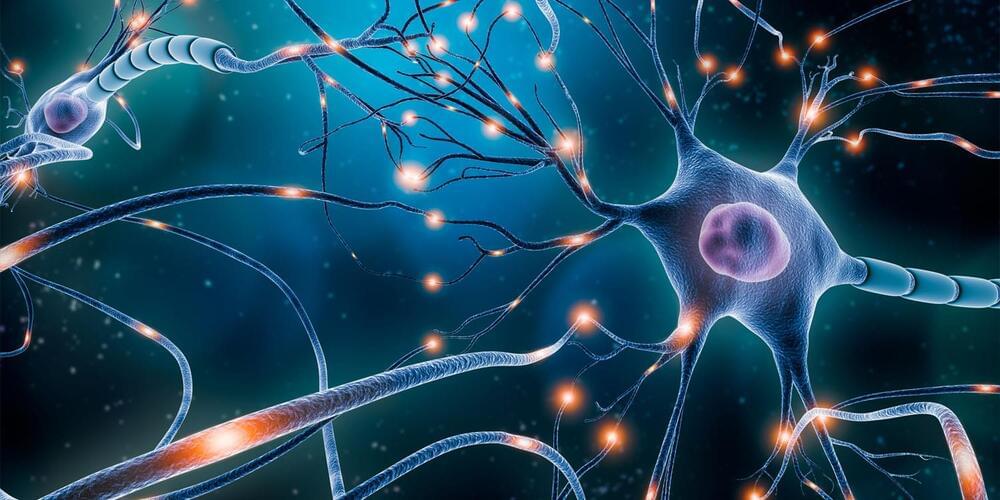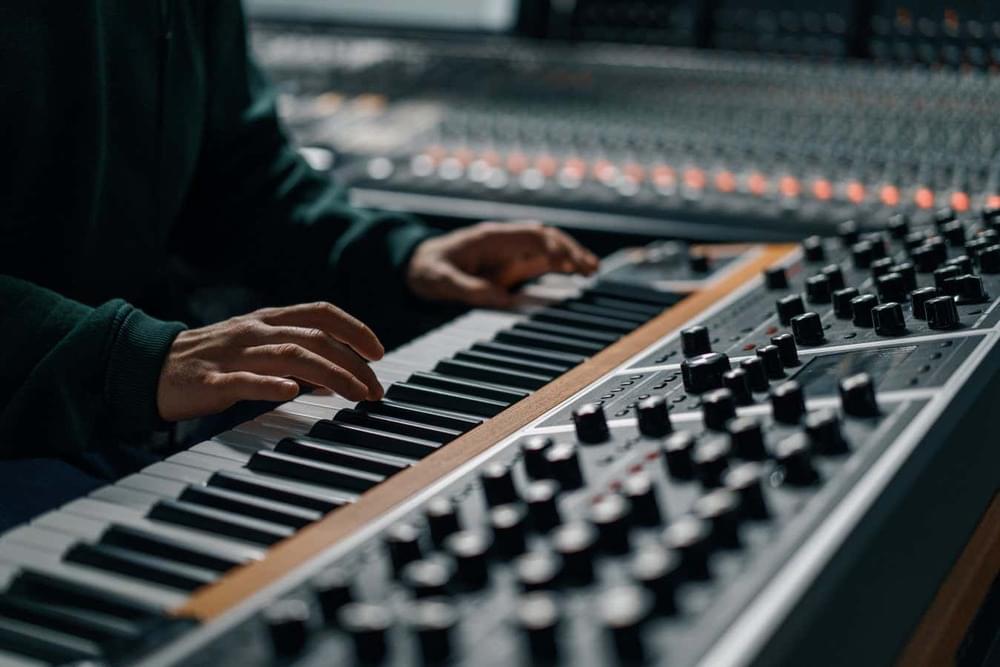And other low pressure rail & maglev systems offer the possibility of ultra-fast and ultra-cheap transport on and off of Earth. Watch my exclusive video Topopolis: The Eternal River: https://nebula.tv/videos/isaacarthur–… Nebula using my link for 40% off an annual subscription: https://go.nebula.tv/isaacarthur Visit our Website: http://www.isaacarthur.net Join Nebula: https://go.nebula.tv/isaacarthur Support us on Patreon: / isaacarthur Support us on Subscribestar: https://www.subscribestar.com/isaac-a… Facebook Group:
/ 1,583,992,725,237,264 Reddit:
/ isaacarthur Twitter:
/ isaac_a_arthur on Twitter and RT our future content. SFIA Discord Server:
/ discord Credits: Vacuum Trains Episode 435a; February 25, 2024 Written, Produced & Narrated by: Isaac Arthur Editors: Konstantin Sokerin Merv Johnson II Graphics: Allen DeMoura Apogii.uk Ian “LITE” Long Jarred Eagley Justin Dixon Katie Byrne Ken York Phil Swan Real Courte Sergio Botero Udo Schroeter Music Courtesy of: Epidemic Sound http://epidemicsound.com/creator
Category: media & arts – Page 53
Birch Planets: Galaxy-Sized Worlds
So called Dyson megaphere.
Birch Planets are enormous hypothetical Megastructures which would have more living area than every planet in our galaxy combined, and are even larger than Dyson Spheres. Mega Earths: https://youtu.be/ioKidcpkZN0 To find out more about megastructures, see the Megastructure Compendium: https://youtu.be/1xt13dn74wc Produced, Written & Narrated by: Isaac Arthur Graphics by: Jeremy Jozwik, Ken York Music Courtesy of Epidemic Sound http://epidemicsound.com/creator

Google Pay app is shutting down in the US after being replaced by Google Wallet
Google Pay, the digital payment app for desktop, mobile apps, and in stores, was pretty much phased out by the introduction of Google Wallet in 2022. Google Wallet, which is a mobile app for Android users, is used five times more than Google Pay, according to the announcement. Since Wallet can also house credit cards for tap-to-pay, as well as digital IDs, and public transit passes, it’s proven to be the more useful alternative.
It’s somewhat typical for Google to launch products only to shut them down or roll them into other products after a few years due to lack of demand or commercial interest. The Google graveyard includes Jamboard, its cloud gaming service Stadia, and Google Play Music. So this is just one of many Google products to bite the dust. But Google Pay users won’t be left stranded.
If you’re a Google Pay user, you can still use the U.S. version of the app until June 4. But you can still transfer funds from your account into your bank account through the Google Pay website after June 4. After that, Google Pay users will no longer be able to send, request, or transfer money through the app.

Brain Activity Now Watchable and Listenable
Summary: Researchers developed an innovated a technique to convert complex neuroimaging data into audiovisual formats. By transforming brain activity and blood flow data from behaviors like running or grooming in mice into synchronized piano and violin sounds, accompanied by video, they offer an intuitive approach to explore the brain’s intricate workings.
This method not only makes it easier to identify patterns in large datasets but also enhances the understanding of the dynamic relationship between neuronal activity and behavior. The toolkit represents a significant step forward in neuroscientific research, enabling scientists to intuitively screen and interpret vast amounts of brain data.

How Our Brains Process Music
Summary: Researchers unlocked how the brain processes melodies, creating a detailed map of auditory cortex activity. Their study reveals that the brain engages in dual tasks when hearing music: tracking pitch with neurons used for speech and predicting future notes with music-specific neurons.
This breakthrough clarifies the longstanding mystery of melody perception, demonstrating that some neural processes for music and speech are shared, while others are uniquely musical. The discovery enhances our understanding of the brain’s complex response to music and opens avenues for exploring music’s emotional and therapeutic impacts.

New neuroscience research uncovers the brain’s unique musical processing pathways
A new study by researchers at UC San Francisco provides new insight into how the brain processes musical melodies. Through precise mapping of the cerebral cortex, the study uncovered that our brains process music by not only discerning pitch and the direction of pitch changes but also by predicting the sequence of upcoming notes, each task managed by distinct sets of neurons. The findings have been published in Science Advances.
Previous research had established that our brains possess specialized mechanisms for processing speech sounds, particularly in recognizing pitch changes that convey meaning and emotion. The researchers hypothesized that a similar, perhaps specialized, set of neurons might exist for music, dedicated to predicting the sequence of notes in a melody, akin to how certain neurons predict speech sounds.
“Music is both uniquely human and universally human. Studying the neuroscience of music can therefore reveal something fundamental about what it means to be human,” said lead author Narayan Sankaran, a postdoctoral fellow in the Kavli Center for Ethics, Science, and the Public at UC Berkeley, who conducted the study while a researcher in the lab of UCSF’s Edward Chang.

Electronic music appears to alter our state of consciousness
Listening to electronic music makes neurons in our brain fire in time with the beat, which appears to alter our reaction time and sense of unity.
By Conor Feehly
To appreciate music, the human brain listens and learns to predict
What is happening in the cerebral cortex when someone hears a melody?
Music has been central to human cultures for tens of thousands of years, but how our brains perceive it has long been shrouded in mystery.
Now, researchers at UC San Francisco have developed a precise map of what is happening in the cerebral cortex when someone hears a melody.
It turns out to be doing two things at once: following the pitch of a note, using two sets of neurons that also follow the pitch of speech, and trying to predict what notes will come next, using a set of neurons that are specific to music.
METROPOLIS — Fritz Lang — New Version 2022 — 3 Hours — New English Intertitles & Music Soundtrack 4K
METROPOLIS a film by Fritz Lang — Version “Cobra — 2022” — 4K Remastered — 60fps — Also available on UHD 4K download!
Re-edited \& Reframed — New Time Mapping (some technical considerations below):
New Intertitles \& English Adaptation — Screenplay by Maximianno Cobra.
Music — Original Score and Soundtrack (2022)
“Metropolis — Ordo ab Chao” Symphony.
by Maximianno Cobra.
Recorded by TEMPUS Collection — Europa Philharmonia Orchestra.
www.tempuscollection.com.
IMAGINARY STREAMS
Post-production \& Mastering.
www.imaginarystreams.com.

Secret Mathematical Patterns Revealed in Bach’s Music
Physicists found that the music of Johann Sebastian Bach contains mathematical patterns that help convey information.
By Elise Cutts